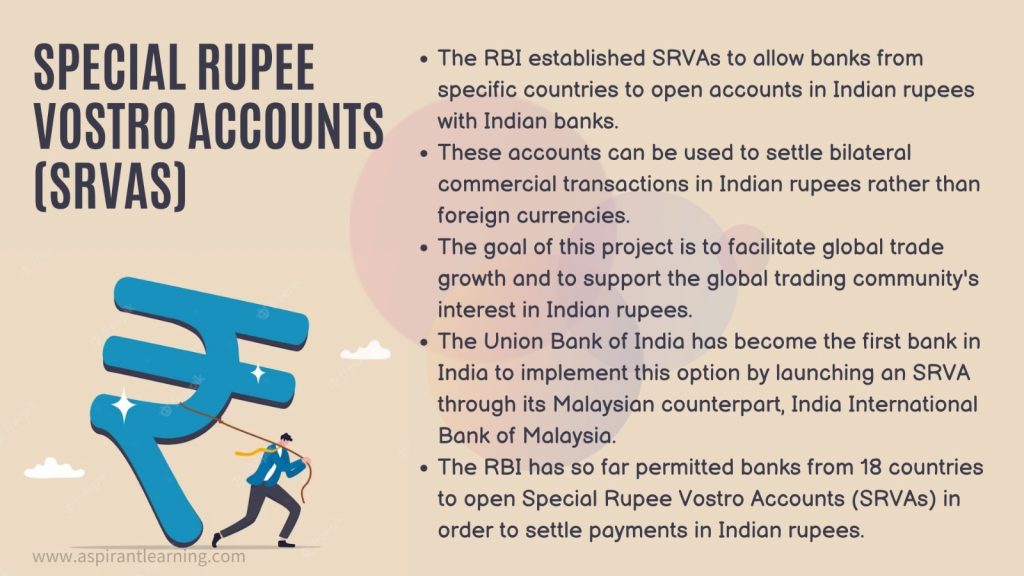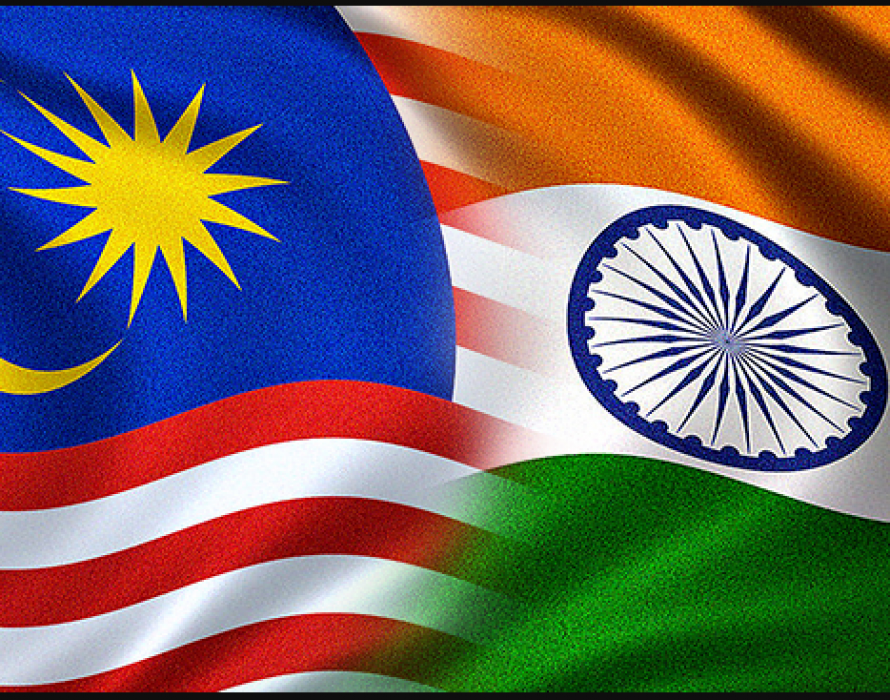News Highlight
India and Malaysia move beyond the dollar to settle trade in INR.
Key Takeaway
- The Ministry of Foreign Affairs stated on April 1, 2023, that India and Malaysia have agreed to settle trade in Indian rupees.
- The announcement comes amid continued official efforts to protect Indian trade from the effects of the Ukraine conflict.
- As it illustrates, the shift away from the US dollar, which has long been the leading reserve currency for international trade, has significant significance.
- India is ready to take concrete actions to de-dollarize its overseas trade.
India’s Move to Settle Trade in Indian Rupee
- Overview
- The Reserve Bank of India (RBI) approved the settlement of foreign trade in Indian rupees in July 2022.
- As part of the RBI’s ‘International Settlement of Trade in Indian Rupee’ mechanism, India experienced its first settlement of foreign trade in rupee with Russia in December 2022.
- The RBI authorised banks from 18 countries to open Special Rupee Vostro Accounts (SRVAs) in March 2023 to settle payments in Indian rupees.
- It includes;
- Botswana, Fiji, Germany, Guyana, Israel, Kenya, Malaysia, Mauritius, Myanmar, New Zealand, Oman, Russia, Seychelles, Singapore, Sri Lanka, Tanzania, Uganda, and the United Kingdom.
- Significance
- The change is intended to improve pricing for goods and services traded between the two countries.
- And addressed currency-related challenges that hampered bilateral trade.
- Its departure from the US dollar represents India’s de-dollarization ambitions.
- The decision also comes amid continuous state efforts to protect Indian trade from the effects of the Ukraine conflict.
Benefits of Trading in Indian Rupees
- Controlling Depreciation of Rupees
- India is a net importer, and the value of the Indian rupee has been steadily falling.
- Using the rupee in foreign commercial transactions will assist in controlling the flow of dollars out of India and moderate the currency’s devaluation, albeit to a “minimal effect.“
- Most crucially, the measure is expected to relieve strain on India’s foreign exchange reserves.
- Better Pricing for Goods and Services
- Indian traders can get better pricing for their goods and services by being able to invoice commerce in Indian rupees.
- Furthermore, this technique will benefit both exchange parties by lowering currency conversion spreads.
- Towards Global Acceptance of Rupees
- Foreign trade settlements in rupees are projected to add to the currency’s global adoption gradually.
- Later, it will be feasible to repay loans obtained from fund institutions such as the Asian Infrastructure Investment Bank.
Challenges
- The volatility of the Indian Rupee
- The Indian rupee is known to be turbulent and volatile in the foreign currency market.
- It may become less appealing as a settlement currency for some foreign dealers.
- Complications in Controlling Domestic Supply
- According to the RBI research, the ‘internationalisation’ of the rupee may limit the central bank’s capabilities.
- It controls the domestic money supply and influences interest rates based on domestic macroeconomic conditions.
- Finally, it may cause challenges in the formulation of monetary policy.
- Competition with Other Currencies
- Several major currencies, such as the US dollar, Euro, and Yen, may pressure the Indian rupee.
- They have already gained widespread acceptance for international commercial negotiations.

Conclusion
- The desire of India to make genuine efforts towards de-dollarization of its foreign trade and making the rupee a tradable currency is a crucial step towards rupee internationalisation.
- But, India must grow its exports while implementing essential reforms such as capital account convertibility and strengthening financial markets to manage large-scale capital inflows and outflows.
Pic Courtesy: IADB
Content Source: The Hindu



